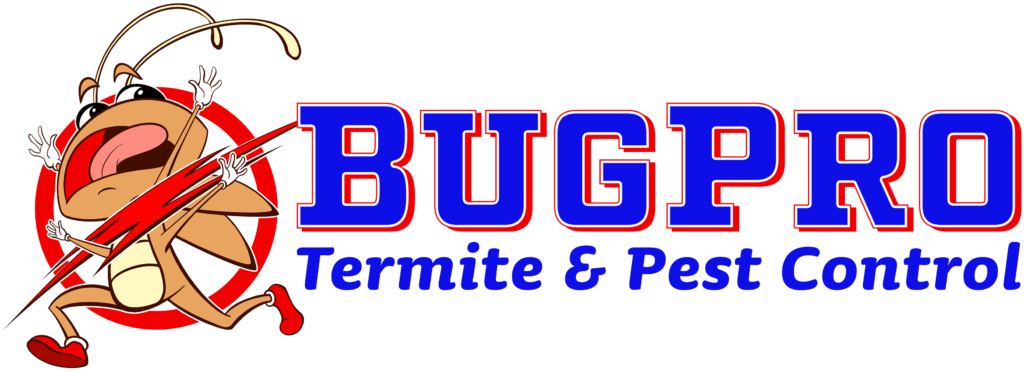
1. Vacuum your home thoroughly: Before the treatment, vacuum all carpets, rugs, furniture, and floors to remove as many flea eggs, larvae, and adult fleas as possible.
2. Remove all clutter: Remove all items, such as toys, clothes, and pet beds from the floor, and clean them separately.
3. Wash bedding and clothes: Wash all bedding, towels, and clothes in hot water to kill any fleas, eggs, or larvae.
4. Prepare your pets: Bathe your pets with a flea shampoo and comb their fur with a flea comb to remove any fleas or eggs. Keep them indoors during and after the treatment.
5. Follow instructions: Follow the instructions provided by the pest control professional regarding how to prepare for flea treatment, including when to vacate the premises and how long to stay away.
6. Discard infested items: Throw away any items that cannot be washed or vacuumed, such as heavily infested furniture or carpets.
7. Be patient: Flea treatment may take several treatments, so be prepared to follow up with additional treatments as needed.
1. Clear the area: Before the treatment, clear the area where you’ve seen ants. Remove any food or water sources and ensure that your floors are free from clutter.
2. Identify the ant species: Different species of ants require different treatments, so it’s important to identify the type of ant infestation you have. This will help determine the most effective treatment to use.
3. Cover Food and Beverages: Ants are attracted to food and beverages, so make sure to cover them and store them in airtight containers.
4. Clean Your Home Prior to Treatment: Prior to the ant treatment, deep clean your home, sweeping and wiping down counters, and vacuum carpets.
5. Fix leaks and seal cracks: Ants can enter your home through cracks and small openings. Seal all cracks and gaps where they might be entering your property and replace any leaky pipes or faucets.
6. Keep your pets safe: If you have pets, keep them away from the treated area until it’s completely dry. You can also take them out for a walk, or to another room, while the treatment is going on.
7. Follow the advice of the pest control professionals: The pest control professionals will give you specific instructions to follow during and after the treatment. Make sure to follow them to ensure that the ant infestation is eliminated.
1. Declutter the area: Remove any items from the treatment area such as clothing, bedding, toys, and other personal belongings. Place them in a sealed plastic bag to prevent bed bugs from escaping.
2. Vacuum the area: Use a vacuum cleaner with a HEPA filter to clean and remove any visible bedbugs, eggs, and larvae from carpets, furniture, cracks, and crevices.
3. Launder all washable items: Wash all bedding, linens, and clothing in hot water and dry on the highest setting to kill any bedbugs.
4. Seal any cracks and crevices: Use caulk to seal any cracks and crevices in walls, floors, and furniture to prevent bed bugs from hiding in them.
5. Remove any clutter: Remove any items that are not necessary from the area to reduce hiding places for bedbugs.
6. Pre-treatment inspection: Conduct a thorough inspection of the infested area and identify all potential hiding places for bedbugs.
7. Coordinate with the pest control company: Coordinate with the pest control company to understand their specific requirements for preparation and any follow-up instructions after treatment.
8. Follow post-treatment guidelines: Follow all guidelines given by the pest control company for post-treatment care to ensure that the treatment is successful.
Before starting the roach treatment process, it’s important to prepare your house. The following are some steps you can take to get your house ready for roach treatment:
1. Clean thoroughly: Roaches are drawn to dirty environments. Before the treatment, clean out all surfaces, floors, and corners that may harbor dirt and grime. Don’t forget to clean high-shelves, behind cabinets, and appliances to remove any food crumbs or spills that may attract roaches.
2. Seal off cracks and gaps: Roaches usually enter the house through small cracks and gaps around the baseboards, floorboards, and walls. Seal off any gaps or cracks with caulk or weatherstripping to keep roaches out.
3. Remove any clutter: Clutter provides hiding places for roaches, so it’s essential to tidy up your house. Remove any unused boxes or clutter, particularly in attics or basements where roaches usually hide.
4. Cover or remove food: Place all food items in tightly-sealed containers or the refrigerator to prevent contamination by the insecticide.
5. Set aside appliances: Move large appliances such as the fridge, oven, and dishwasher away from the walls to leave adequate space around them. This will allow the exterminator to access any hiding spots roaches may have created.
6. Plan on leaving the house: The insecticide used for roach treatment can be harmful to humans, so plan on leaving the house for several hours to let the experts do their work.
By following these tips, you can prepare your house for a successful roach treatment without creating any problems or hindrances in the process.